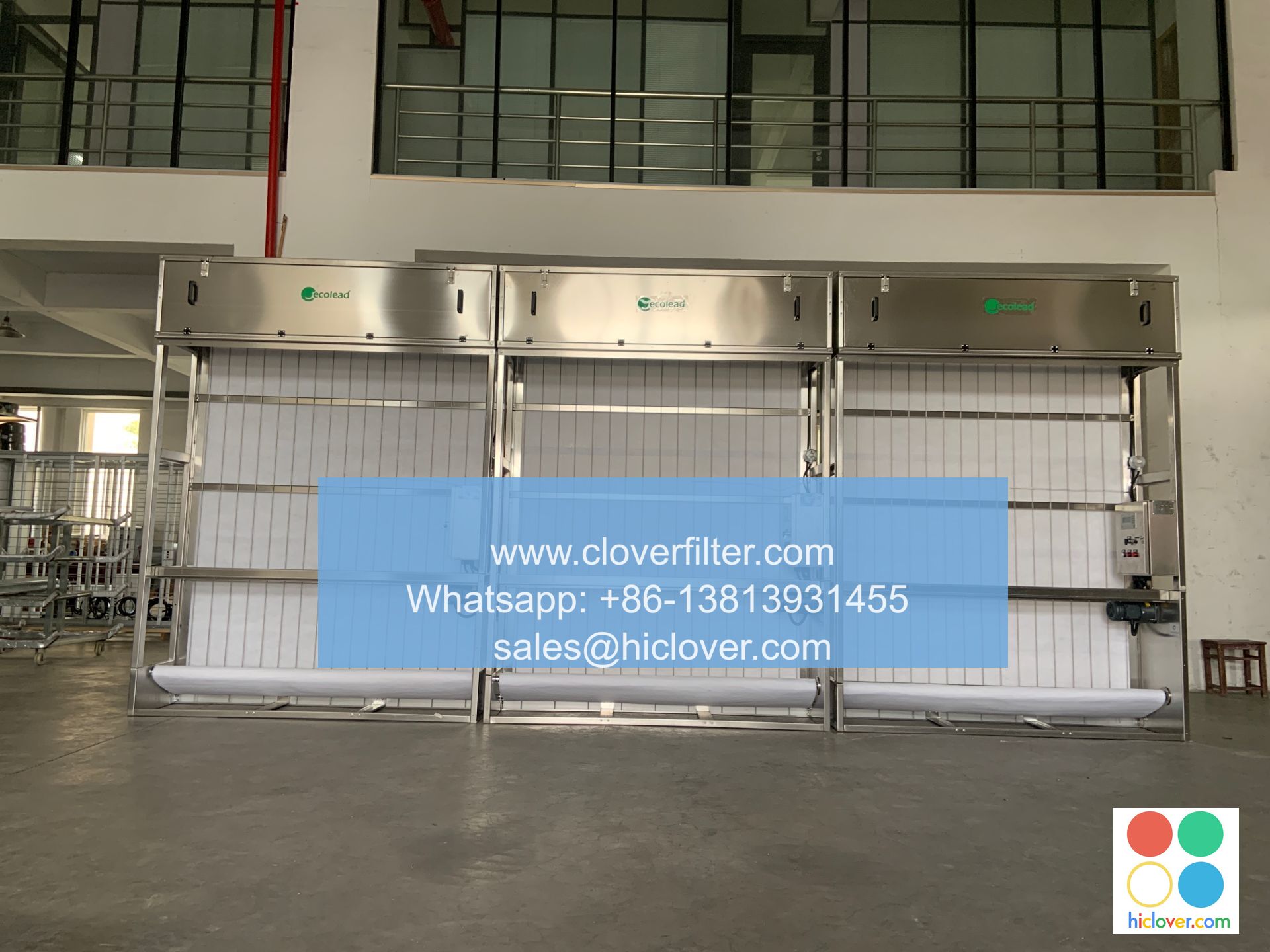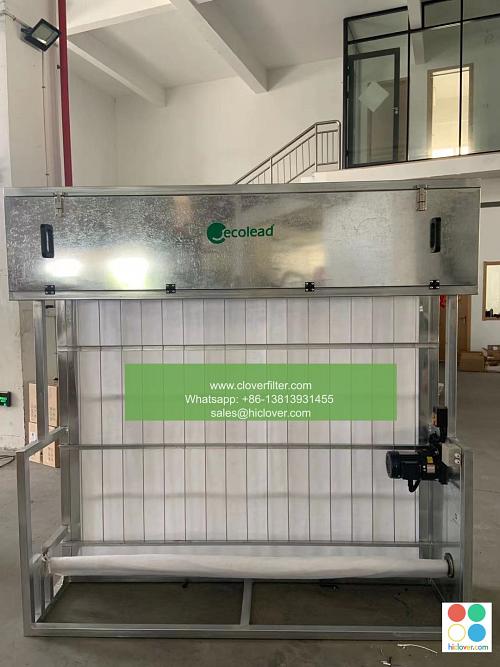The Role of Automatic Roll Air Filters in Maintaining Cleanroom Pressurization in Ontario

In Ontario, cleanrooms play a crucial role in various industries such as pharmaceuticals, biotechnology, and manufacturing. These controlled environments require precise temperature, humidity, and air quality control to ensure the production of high-quality products. One of the essential factors in maintaining cleanroom pressurization is the use of automatic roll air filters. In this article, we will explore the role of these filters in maintaining cleanroom pressurization and their benefits in Ontario.
Cleanrooms are designed to provide a contamination-free environment, and pressurization is a critical aspect of achieving this goal. Pressurization involves maintaining a positive pressure differential between the cleanroom and the surrounding environment, which prevents contaminated air from entering the cleanroom. Automatic roll air filters are an essential component in maintaining this pressure differential. These filters are designed to remove airborne contaminants, such as dust, particles, and microorganisms, from the air, ensuring that the cleanroom remains free from contamination.
The automatic roll air filter system consists of a filter media, a roller, and a control system. The filter media is designed to capture airborne contaminants, and the roller is responsible for advancing the filter media as it becomes saturated. The control system monitors the filter’s performance and advances the filter media as needed. This automated process ensures that the filter is always operating at optimal levels, providing consistent cleanroom pressurization.
In Ontario, the use of automatic roll air filters in cleanrooms is regulated by various standards and guidelines. The Ontario government has established regulations and guidelines for cleanroom design, construction, and operation, which include requirements for air filtration systems. The Canadian Standards Association (CSA) and the International Organization for Standardization (ISO) also provide guidelines for cleanroom air filtration systems. Automatic roll air filters must comply with these regulations and guidelines to ensure that they provide the required level of contamination control.
The benefits of using automatic roll air filters in cleanrooms in Ontario are numerous. Firstly, they provide consistent cleanroom pressurization, which is essential for maintaining a contamination-free environment. Secondly, they are highly efficient, with some filters capable of removing up to 99.97% of airborne contaminants. Thirdly, they are cost-effective, as they reduce the need for manual filter replacement and minimize waste. Finally, they are environmentally friendly, as they reduce the amount of energy required to operate the cleanroom.
In addition to their technical benefits, automatic roll air filters also provide operational benefits. They are easy to install, maintain, and repair, which reduces downtime and increases productivity. They also provide real-time monitoring and control, which enables cleanroom operators to respond quickly to changes in air quality. This rapid response capability is critical in cleanrooms, where even minor changes in air quality can have significant impacts on product quality.
Another significant advantage of automatic roll air filters is their flexibility. They can be designed to meet the specific needs of different cleanroom applications, from pharmaceuticals to manufacturing. They can also be integrated with other cleanroom systems, such as HVAC and lighting systems, to provide a comprehensive contamination control solution.
In conclusion, automatic roll air filters play a critical role in maintaining cleanroom pressurization in Ontario. Their ability to provide consistent contamination control, high efficiency, and cost-effectiveness makes them an essential component of any cleanroom. By understanding the benefits and regulations surrounding automatic roll air filters, cleanroom operators in Ontario can ensure that their facilities meet the required standards for contamination control and product quality.
Conclusion
In summary, automatic roll air filters are a vital component of cleanroom pressurization systems in Ontario. Their ability to provide consistent contamination control, high efficiency, and cost-effectiveness makes them an essential investment for any cleanroom operator. By selecting the right automatic roll air filter system and ensuring compliance with relevant regulations and guidelines, cleanroom operators can maintain a contamination-free environment and ensure the production of high-quality products.
FAQs
Q: What is the purpose of automatic roll air filters in cleanrooms?
A: The purpose of automatic roll air filters is to remove airborne contaminants from the air, maintaining a contamination-free environment and ensuring cleanroom pressurization.
Q: What are the benefits of using automatic roll air filters in cleanrooms?
A: The benefits of using automatic roll air filters include consistent cleanroom pressurization, high efficiency, cost-effectiveness, and environmental sustainability.
Q: What regulations and guidelines apply to automatic roll air filters in Ontario?
A: Automatic roll air filters in Ontario must comply with regulations and guidelines established by the Ontario government, the Canadian Standards Association (CSA), and the International Organization for Standardization (ISO).
Q: How often should automatic roll air filters be replaced?
A: Automatic roll air filters should be replaced as needed, based on the manufacturer’s recommendations and the cleanroom’s specific requirements.
Q: Can automatic roll air filters be integrated with other cleanroom systems?
A: Yes, automatic roll air filters can be integrated with other cleanroom systems, such as HVAC and lighting systems, to provide a comprehensive contamination control solution.

